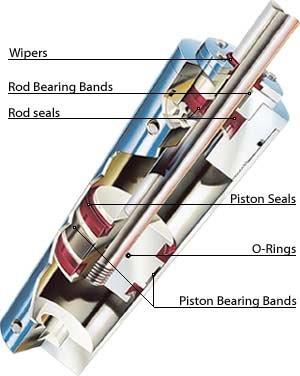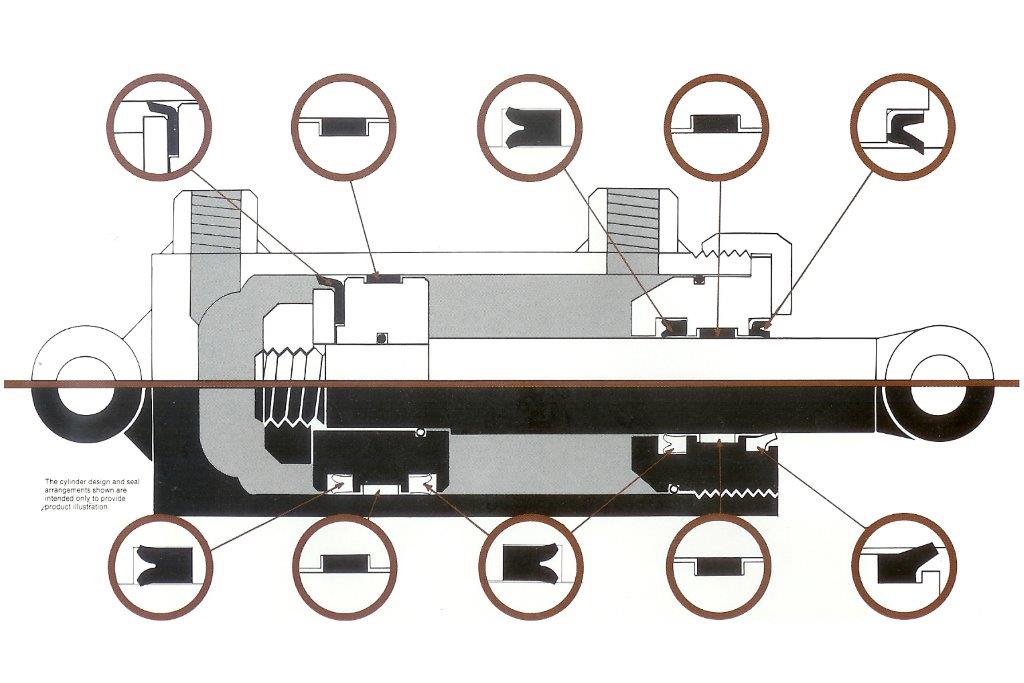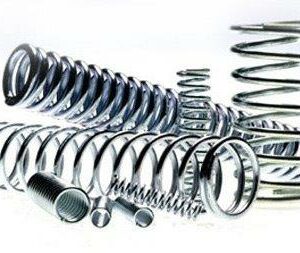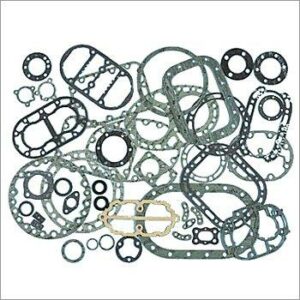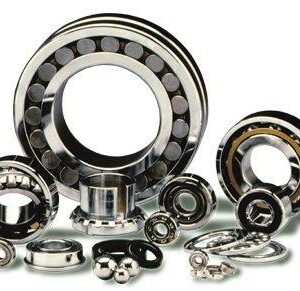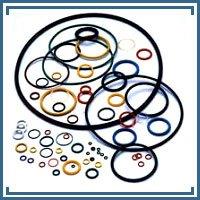Description
A Hydraulic Seal is a relatively soft, non metallic ring captured in a groove or fixed in a combination of rings forming a sealing assembly, to block or separate fluid in reciprocating motion applications.
Hydraulic seals are vital in machinery as their use is critical in providing a way for fluid power to be converted into linear motion.
The type of material used is determined by the specific operating conditions or limits due to:
- Fluid type
- Pressure
- Fluid chemical compatibility
- Temperature
Hydraulic seals are made from a variety of materials including:
- polyurethane
- Nitrile
- Viton®
- Silicone
- EPDM
- PTFE
Static and Dynamic Sealing:
- A Static Hydraulic Seal is located in a groove and sees no movement, therefore acting like a gasket.
- There are two (2) types of Dynamic Hydraulic Seals:
* ROD SEALS are exposed to movement on its inner diameter along the shaft or rod of a hydraulic cylinder.
*PISTON SEALS are exposed to movement on its outer diameter along the tube or bore of a hydraulic cylinder.
Common types of Hydraulic seals:
PISTON SEALS
- Single acting solid base piston seals
- Single acting u-cup piston seals
- Single acting solid base and u-cup seals with anti-extrusion ring on o.d.
- Fabric, polyurethane, nitrile piston cup seals
- Bronze or carbon filled PTFE piston seal with elastomer on i.d. acting as energizer
- Double acting piston seals (5pc + 3pc)
ROD SEALS
- Single acting solid base rod seals
- Single acting u-cup rod seals
- Single acting solid base and u-cup seals with anti-extrusion ring on i.d.
- V-pack or chevron pack seals
- Bronze or carbon filled PTFE rod seals with elastomer on o.d. acting as energizer
WIPER SEALS: (Various styles and designs available)
- Single step
- Double step
- U-cup combination wiper
- Metal case wiper
Guide Rings:
- Various wear strip & ring materials available depending on the specific application.

